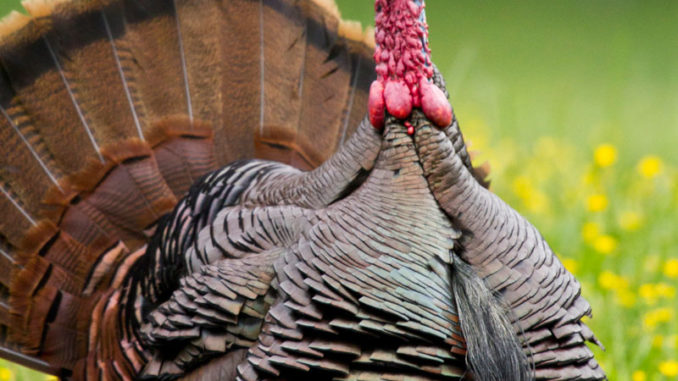
Taking that gobbler this month is on the minds of a lot of hunters across the Carolinas. Here’s how the numbers line up for the spring season in both states, plus some tips from experts.
For the six weeks or so, we won’t be at breakfast very often. We’ll fall asleep early, while you’re barely finished watching Jeopardy after supper. Our fingers will be chalk-stained, and we’re not even teachers. We’ll have bags under the bags under our eyes. If we’re outside in the backyard during any daylight hours, you might find us looking for a big, thick tree truck to sit down against. Somebody from the office might call home to ask where we are and if we’re coming into work.
What! It’s 9:30? Work? I’m still working a gobbler. Give it a rest.
Welcome to turkey season.
South Carolina hunters will get into the woods a few days before this magazine hits the newsstands. North Carolina hunters can take kids for a week before they get to carry their own shotguns on April 14, the latest the season can possibly open.
North Carolina has had harvest increases the past three seasons, 5.5 percent in 2017 to a record 18,919, less than a percent in 2016 and 5.4 percent in 2015. Summer brood survey results have been less impressive, although the summer of 2017 showed a slight uptick, especially in coastal counties.
“I you look big term, I think we’ll have a strong season as we have in recent years,” said Chris Kreh, the upland gamebird biologist for the N.C. Wildlife Resources Commission. “I don’t think we’ll set a record like we did last year, but we should have a good season.”
Kreh said a poor reproductive class in 2016 will leave fewer 2-year-old birds in the woods this year, after a relatively low jake harvest last year.
“Typically that 2-year-old cohort makes up the biggest part of our harvest, and they’ll be in short supply this year, but overall, our flock is the biggest it’s ever been, 265,000 birds.”
South Carolina, well, that’s another story. After 14 years of plummeting harvests from the 2002 season record, harvests climbed back up 10 percent in 2016 and 14 percent in 2017.
But that may not be great news. South Carolina hunters had their season expanded greatly in 2016, even though the season bag limit was cut from five gobblers to three.
Charles Ruth, the biologist who oversees wild turkey for the S.C. Department of Natural Resources, said hunter effort was up about 25 percent, turning into more gobblers being killed, despite the limit being cut. And the summer brood survey report hasn’t reflected any increase in the number of turkeys entering the statewide flock to bolster those kind of numbers.
“The problem is, there can be mixed signals,” Ruth said. “More hunter effort can drive the harvest to a point where the whole thing can come crumbling down.”
South Carolina’s best hatch over the last handful of years was 2016, which should put plenty of culpable, 2-year-old gobblers in the woods this year, but far fewer jakes.
North Carolina’s best recent hatch was 2015, before a drop in 2016 and an increase last summer, which should put plenty of jakes in the woods, fewer 2-year-old birds who are more susceptible to calling, and quite a few more older, wiser birds.

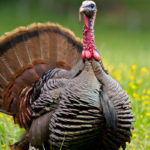
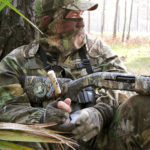
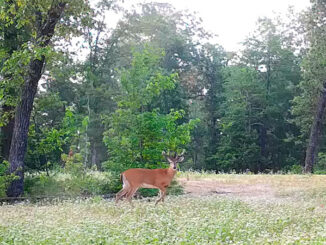
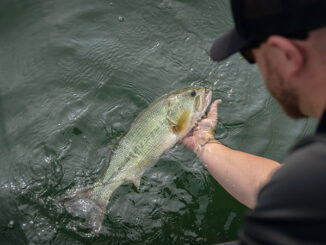


Be the first to comment